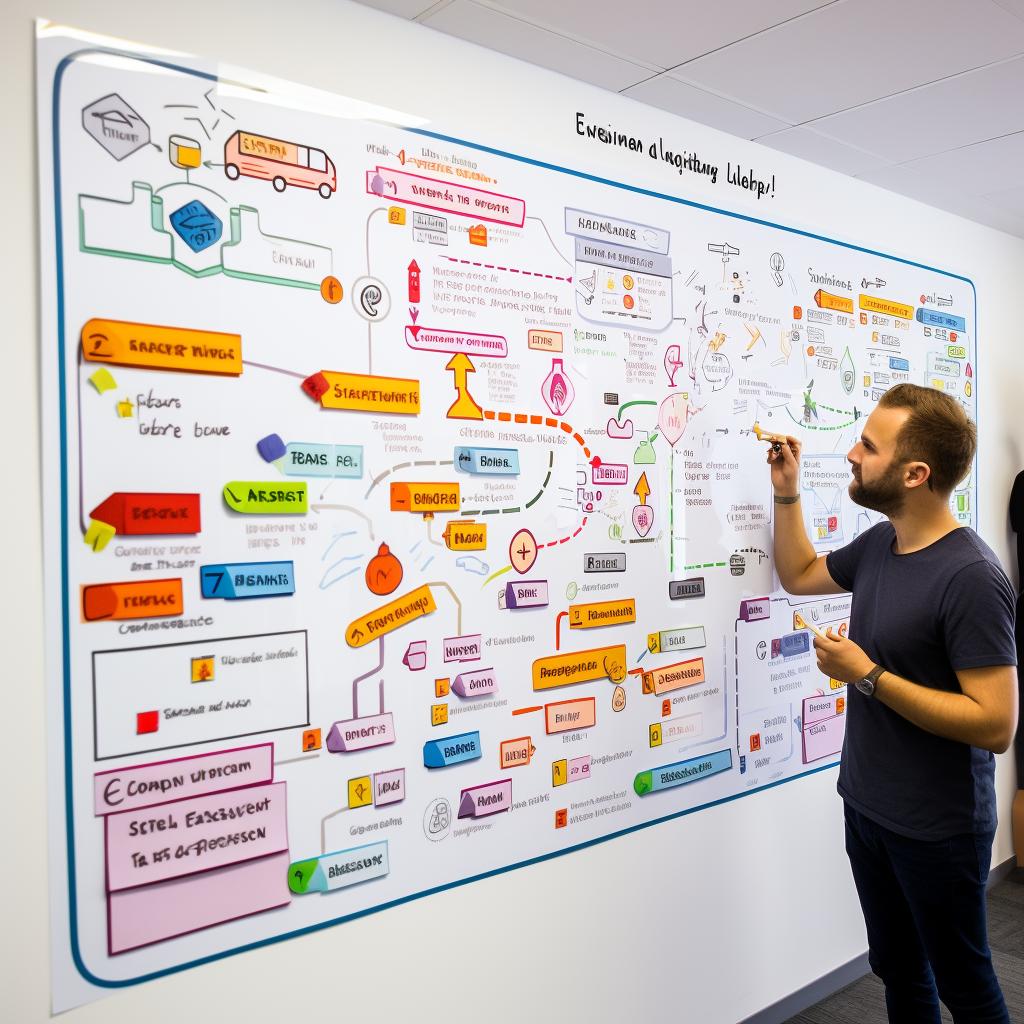🏗️ Building a Robust Digital Customer Experience Strategy: A Step-by-Step Guide 📚
Building a Robust Digital Customer Experience Strategy: A Step-by-Step Guide
In today's digital age, creating a seamless and engaging customer experience is crucial for the success of any business. Customers expect personalized interactions, convenient online experiences, and exceptional service. To meet these expectations, it is essential to have a robust digital customer experience strategy in place. This step-by-step guide will help you navigate the process of building an effective strategy that will enhance your customers' journey and drive business growth.
Step 1: Understanding Customer Behavior
To create a customer experience strategy that resonates with your target audience, you need to gain a deep understanding of their behavior. Start by gathering data about your customers, including demographic information, buying habits, online behavior, and feedback. Surveys, interviews, and data analytics tools can provide valuable insights into your customers' preferences and pain points. Use this information to tailor your strategy and deliver personalized experiences that meet their needs.
Step 2: Mapping the Customer Journey
To provide a seamless and consistent customer experience, it is essential to map out the customer journey. This involves creating a visual representation of every experience your customers have with your brand, from initial contact to post-purchase interactions. Identify key touchpoints and understand how customers move through the sales funnel. By pinpointing areas for improvement, you can optimize each stage of the journey and ensure a positive customer experience at every step.
Step 3: Setting Up the Right Technologies
Investing in the right technologies is crucial for delivering a superior digital customer experience. Consider implementing customer relationship management (CRM) systems, data analytics tools, and digital marketing software. These technologies can help you collect and analyze customer data, automate processes, and enhance the overall customer experience. By leveraging the power of technology, you can streamline operations, personalize interactions, and drive customer satisfaction.
Step 4: Using Analytics for Continual Improvement
To stay ahead of the competition and meet evolving customer expectations, it is essential to regularly review and analyze your customer data. By leveraging analytics, you can identify trends, spot issues, and track the success of your customer experience strategies. Use this information to continually refine and improve your approach. By staying agile and responsive, you can adapt to changing customer needs and deliver exceptional experiences that drive loyalty and advocacy.
In conclusion, building a robust digital customer experience strategy is essential for businesses looking to thrive in today's competitive landscape. By understanding customer behavior, mapping the customer journey, leveraging the right technologies, and using analytics for continual improvement, you can create a customer-centric approach that sets your brand apart. Embrace the power of digital customer experience management and unlock the full potential of your business.













